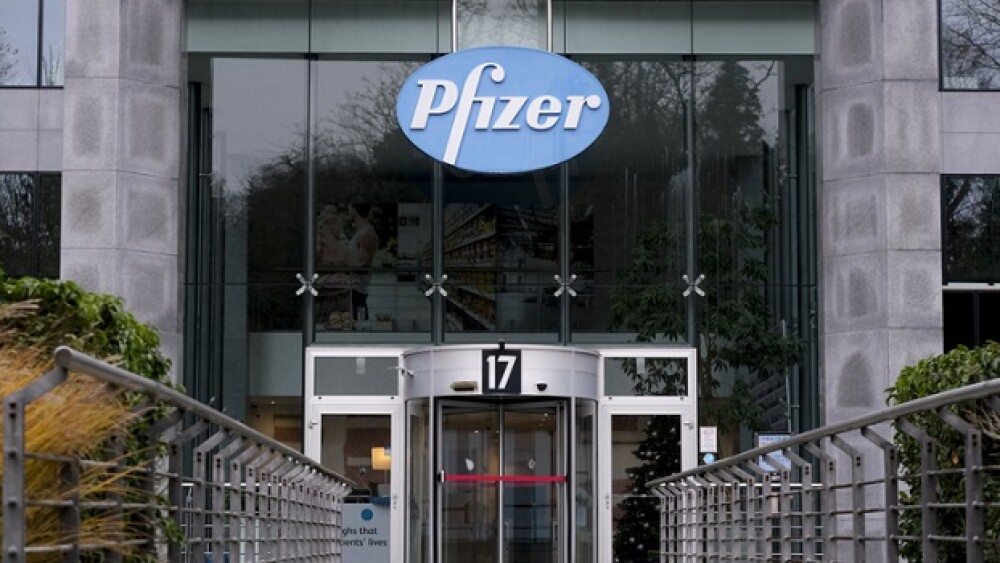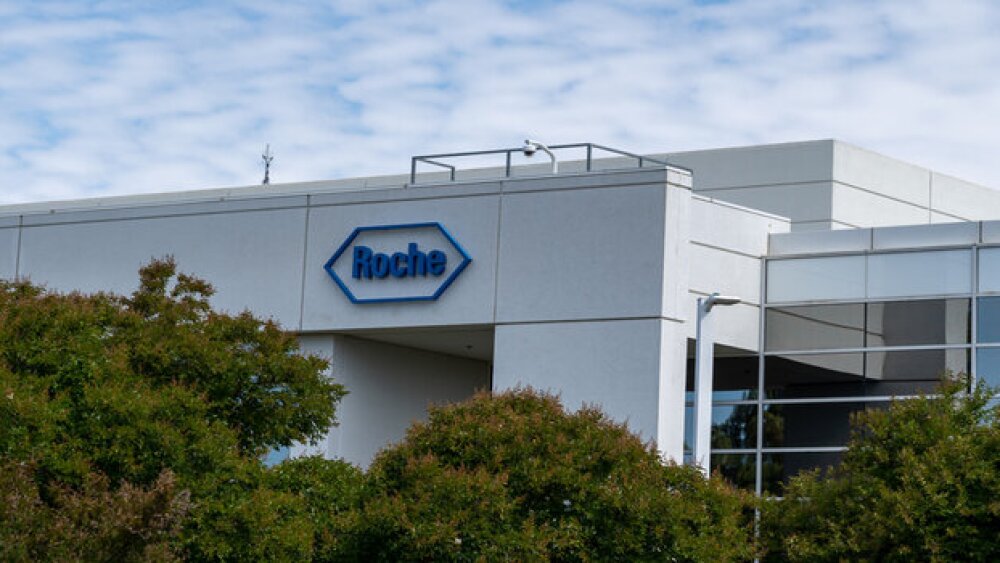PALO ALTO, Calif., Oct. 29 /PRNewswire-FirstCall/ -- Telik, Inc. today announced top-line results from an interrupted Phase 3 randomized study of Telcyta (canfosfamide HCL) in combination with pegylated liposomal doxorubicin (PLD) versus PLD alone in second-line therapy in platinum refractory, primary platinum resistant or secondary platinum resistant ovarian cancer (definitions of platinum status are provided below).
On an intent-to-treat (ITT) basis for the 125 enrolled patients, the median progression-free survival (PFS) was 5.6 months on the Telcyta plus PLD arm compared to 3.7 months on the PLD control arm, p = 0.7243 and hazard ratio (HR) = 0.92. The study did not meet the statistical significance p less than or equal to 0.05. The overall response rate as measured by RECIST was 12%, including one complete response (CR) for the Telcyta plus PLD arm and 8% for the PLD control arm.
Of the 125 patients in the ITT population, a prespecified analysis was conducted for 75 patients with platinum refractory or primary platinum resistant disease, including 40 patients on the Telcyta plus PLD arm and 35 patients on the PLD control arm. The median PFS of these patients was 5.6 months for the Telcyta plus PLD arm compared to 2.9 months for the PLD control arm, p = 0.0425 and HR = 0.55. The response rate, as assessed by RECIST, was 15%, including one CR for the Telcyta plus PLD arm and 6% for the PLD control arm.
The initial trial design provided for the enrollment of 244 patients. The trial was interrupted by a brief clinical hold, followed by a partial clinical hold from June 2007 until October 2007. At the time of the clinical hold, 125 patients had been enrolled in the trial. Although enrollment was permitted after the release of the clinical hold, Telik decided not to enroll additional patients, a decision which impacted the powering of the study.
The 125 patients randomized to the trial were well-balanced for patient demographics and key ovarian cancer disease characteristics. Telcyta was administered at 1000 mg/m2 followed by PLD at 50 mg/m2, the approved dose of PLD, every 28 days. Thirty-five patients were not able to complete their assigned per-protocol therapy and discontinued due to the clinical hold, including 21 patients on the Telcyta plus PLD arm and 14 patients on the PLD control arm.
There was a higher incidence of hematologic adverse events (AEs) in patients on the Telcyta plus PLD arm (66%) versus 44% on the PLD arm. The hematologic toxicities were manageable with dose reductions and growth factor support on both treatment arms.
The most common, non-hematologic adverse events, including nausea, fatigue, vomiting, and constipation, were similar in incidence and severity on both arms. Seventeen percent Grade 2 and 3 stomatitis and 9% Grade 2 and 3 palmar-plantar erythrodysesthesia (PPE) were observed on the Telcyta plus PLD arm, compared to 23% Grade 2 and 3 stomatitis and 21% Grade 2 and 3 PPE on the PLD control arm. Grade 4 PPE (2%) was only observed on the PLD control arm. Telcyta may ameliorate the incidence and severity of stomatitis and PPE known to be associated with PLD.
The results will be presented at an upcoming scientific conference.
About Platinum Refractory and Resistant Ovarian Cancer
Platinum refractory or primary platinum-resistance is defined as those patients whose disease fails to respond or relapses within 6 months of completion of initial platinum-based treatment. Secondary platinum resistance is defined as those patients whose disease relapses after 6 months of completion of therapy and fails a reinduction platinum-based regimen.
About Telik
Telik, Inc. of Palo Alto, CA, is a biopharmaceutical company focused on discovering, developing and commercializing novel small molecule drugs to treat serious diseases. The company's most advanced investigational drug candidates in clinical development are TELINTRA(R), a modified glutathione analog for the treatment of cytopenias due to myelodysplastic syndrome or chemotherapy, and TELCYTA, a tumor-activated prodrug for the treatment of advanced ovarian cancer and non-small cell lung cancer. Telik's product candidates were discovered using its proprietary drug discovery technology, TRAP(R), which enables the rapid and efficient discovery of small molecule drug candidates. Additional information is available at http://www.telik.com.
This press release contains "forward-looking" statements. These include statements concerning the potential for TELCYTA to treat ovarian cancer and the effectiveness of TELCYTA in combination with PLD and in patients under certain platinum refractory and platinum resistant conditions. These forward-looking statements are based upon Telik's current expectations. There are important factors that could cause Telik's results to differ materially from those indicated by these forward-looking statements, including the risks associated with clinical trials and the interpretation of resulting data. Detailed information regarding these and other factors that may cause actual results to differ materially from the results expressed or implied by statements in this press release may be found in Telik's periodic filings with the Securities and Exchange Commission, including the factors described in the section entitled "Risk Factors" in its quarterly report on Form 10-Q for the quarter ended June 30, 2008. Telik does not undertake any obligation to update forward-looking statements contained in this press release.
TELIK, the Telik logo, TELINTRA, TELCYTA, and TRAP are trademarks or registered trademarks of Telik, Inc.
CONTACT: Patricia P. Frias, Corporate Communications of Telik, Inc.,
+1-650-845-7927, pfrias@telik.com
Web site: http://www.telik.com/




